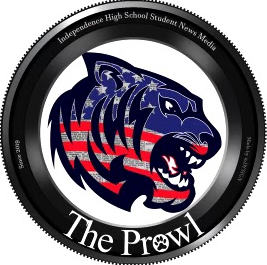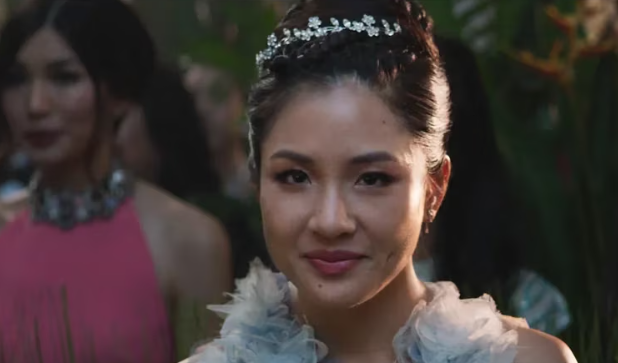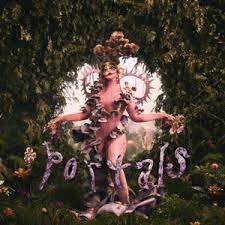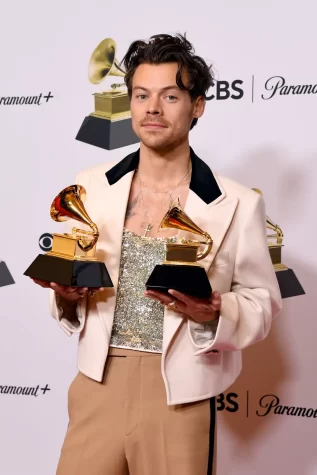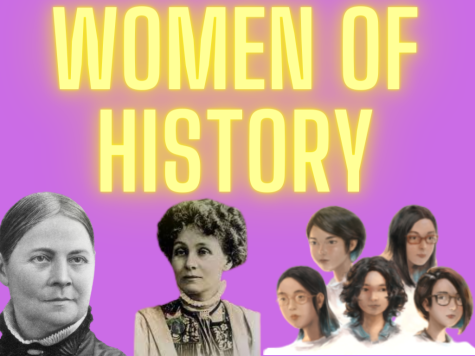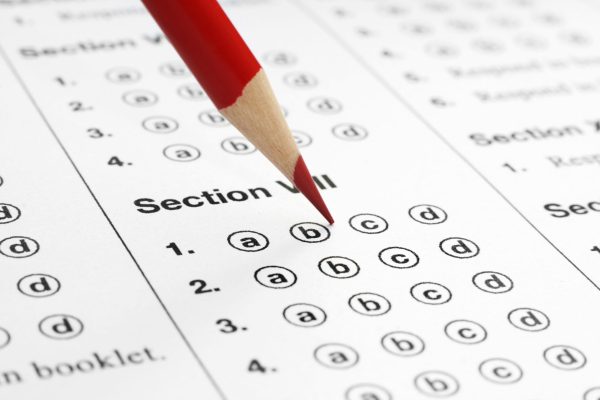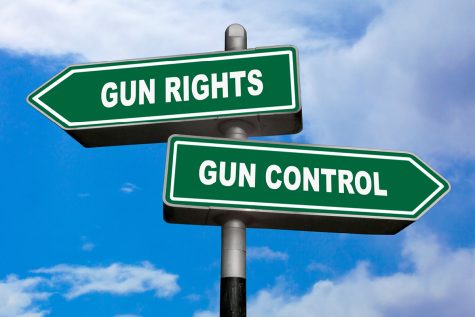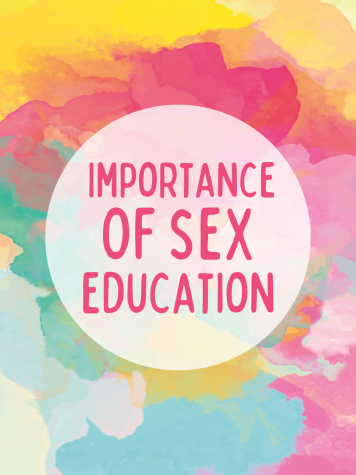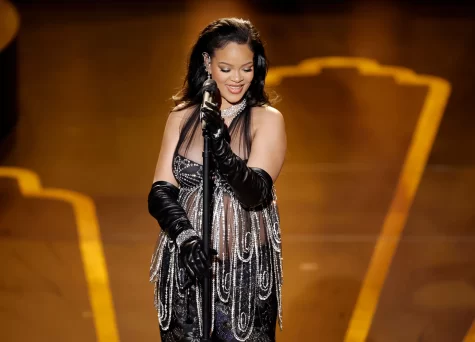Representation In Media
One way viewers find comfort in a character is seeing how much they have in common. This is a main interest point for writers, as they’re trying to find traits for their character that most people in the world have. This is understandable, as they’re trying to appeal to the majority to earn as much money as possible. But what about the underrepresented minority?
A lot of media makers claim to be ‘inclusive’ and ‘including of everyone,’ which in most recent times is starting to be true, but it’s still far from it. In a lot of recent tv shows and movies, writers are starting to include a lot of different races and ethnicities. This would be great, except the writers aren’t giving the characters any other traits besides being different, or giving the character any spotlight in the film.
There are a lot of examples of this, but one movie in particular, “The Devil Wears Prada,” has one. In this movie, there’s a character named Lily Goodwin. Lily is one of the only characters that isn’t white in the film, and her only prominent role is being friends with the main character and guiding the main character on her path. Lily was supposed to serve as a character that the minority can see themselves in and relate to, but she was nothing except the ‘black best friend’ stereotype. A lot of viewers were hoping that Lily could have her own moments to shine, but sadly there were barely any.
However, there are also a lot of recent films that do an amazing job at representation. The film “Crazy Rich Asians” is one of them. The film follows a character named Rachel Chu who goes to Singapore to attend a wedding with her boyfriend, but finds out that her boyfriend’s family is very wealthy and very in demand. Throughout the film, Rachel attempts to get the approval of her boyfriend’s mother so she could marry him. It sounds like a very cliche romance film, but it delves into Asian culture in a way that many films do not. An example of this point is in the 2015 film ‘Aloha’. In the film, the main character, Allison Ng, is quarter Hawaiian and quarter Chinese. However, the person casted for this role was Emma Stone, who is neither of these and is instead a white woman. This is just one example of many movies that do this.
Hollywood started out being catered toward straight white men, so this is a journey they’ve been on for a long time. Although there’s still a lot of harmful stereotypes in film today, we can’t say that Hollywood and other film makers aren’t trying.
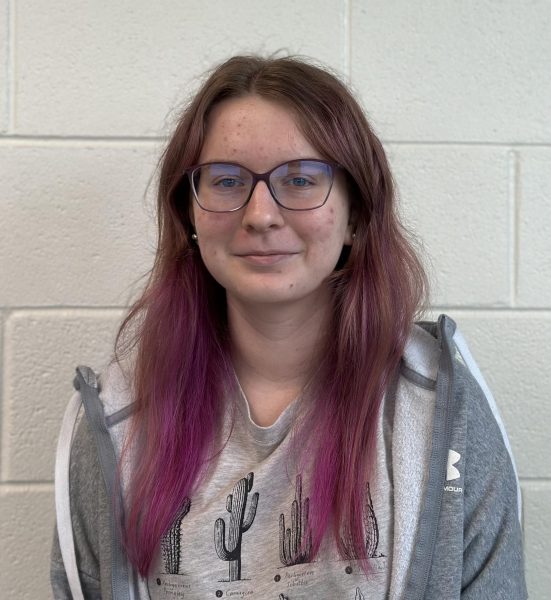
Angela Graham is a junior at Independence High School, and a writer for the Independence High School newspaper, The Prowl. Some of Angela’s hobbies consist...
